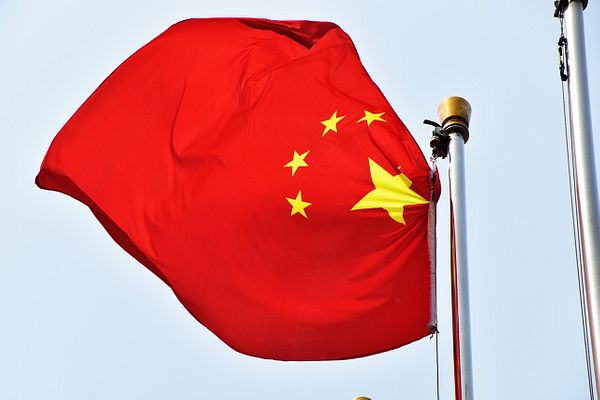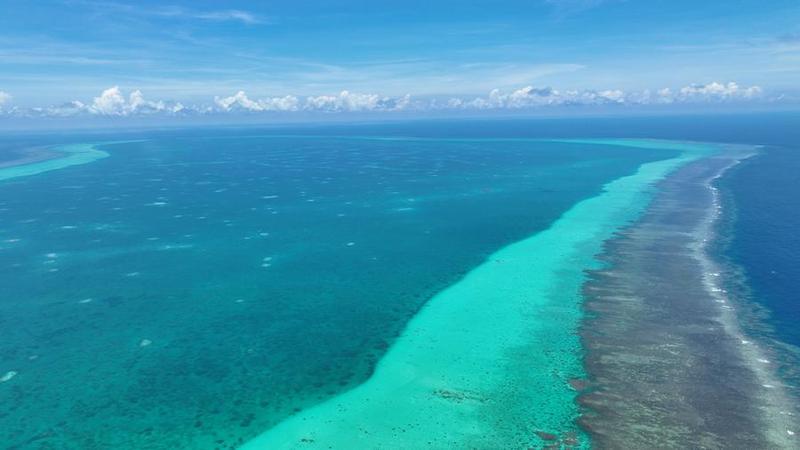China is caught on the wrong foot in Laos
Anti-China sentiments have been sparked in Laos against a Shanghai-based company Wang Feng Shanghai Real Estate Co over the construction of a 100 metres statue of Buddha close to the Special Economic Zones (SEZ) on the bank of river Mekong in Vientiane. China has been attempting to flex its economic muscle in Laos, but recently it hit a snag on the religious front, which provoked the rapid rise of anti-Chinese anger. With China using its financial clout to influence politics in Laos, the people of the country have voiced their anger against China’s attempts to change the nature of Buddhist traditions in the country by installing a statue of Buddha, from the Mahayana tradition, while Laos follows the Theravada tradition.
Survey of recent social media posts show intense criticism directed against the Shanghai company for its plans to build the 100-meter-tall statue of Buddha as a tourist attraction in Vientiane, the Laotian capital on the banks of the Mekong River. If the company goes ahead with the construction of the statue, it will be the tallest in Vientiane. China’s efforts to become the leader of Asian Buddhism by exporting its version has clashed with local sentiments in Laos. That is why locals disagree with the plan to instal the statue and argue that this steps on Laotian Buddhism.
Laotians have taken umbrage because the Buddha statue is be built in the Mahayana style in the sprawling US$ 5 billion That Luang Marsh SEZ. A photo of the replica of the statue that is being circulated on social media shows it is designed in the Mahayana fashion. Laotians, by contrast, follow the Theravada school, as do Buddhists in Sri Lanka, Thailand, Cambodia, and Myanmar. In Laos, the statues tend to be of Buddha sitting cross-legged, unlike the one planned by the Chinese developer which is in standing posture.
As per current plans, the Chinese statue when installed, will be one of the tallest structures in Vientiane, a city with mostly low-height structures. Additionally, the statue will be located close to Pha That Luang, the gold-plated Buddhist stupa in the center of the city, the latter being a symbol of Lao sovereignty. The construction of statues to be enshrined in temples in Laos requires that they follow the Lao style, also known as Lan Xang style.
In November 2020, social media in Laos was filled with angry posts over an attempt by a Chinese company to hang Chinese red lanterns on utility poles they had built throughout Vientiane. After popular protests, the company was forced to take them down. Anti-Chinese sentiment in Laos has also extended to rural areas where villagers have complained about encroachment on their land which have been taken over by Chinese companies to set up banana plantations. Social media users in Laos have been directly critical of Chinese company operations. The level of angst against the government for allowing Chinese companies to get away with such projects is however more muted.
In another such instance, a Chinese firm running the Lao Kalem gold mining project on a 15-year concession since 2020, has been releasing hazardous waste into rivers in Sekong Province (South Laos) killing fish and polluting water. Following protests and official action, the company is completing a wastewater project including a new reservoir and dumpsite, the company is also bringing drinking water to the village through pipes.
The current social disquiet in Laos over the Buddha statue comes at an awkward time for the ruling Lao People’s Revolutionary Party, which has just begun to celebrate the launch of the Lao-China high-speed railway on 2 December 2021, the day which traditionally commemorates the Communist takeover in 1975 and economic and social progress achieved under the Lao People’s Revolutionary Party, but this development also heralds a certain loss of sovereignty to China. Laos is the latest nation to fall victim to a Belt and Road Initiative (BRI) debt trap, whereby nations are pressed into making sovereignty-eroding concessions after defaulting on their infrastructure-related debts owed to Beijing.
Foreign exchange reserves of Laos have fallen below US$ 1 billion, less than the country’s annual owed debt payments, putting the country on the verge of a sovereign default. The Lao Finance Ministry has asked China, to restructure its debts to avoid defaulting. Laos has also borrowed heavily to invest in several Mekong River hydropower projects as well as the US$ 6 billion high-speed rail project, a key link in China’s BRI design to connect its southern province of Yunnan with mainland Southeast Asia. The 414-km rail track is part of the line that China has built as part of the BRI, the hope is that in time this connection, which begins in southern China, will be extended to Singapore via Thailand and Malaysia.
China is funding an infrastructure building spree in Laos, ranging from large hydropower projects and SEZs to the country’s first bullet train. The problem with majority of BRI projects in the region is that they have created indebtedness only. The BRI will undoubtedly improve connectivity, which will likely bring more Chinese tourists to Laos. However, this may not bring the revenue boost that Laotians hope for. Further, the China-Laos rail link has seen Laos sinking further into debt. Reports reveal that Laos’ US$ 20 billion economy carries an estimated US$ 12.6 billion in foreign debt, of which China accounts for nearly half of the loans, or approximately US$ 5.9 billion.
Not surprisingly, as China casts its economic web over Laos, locals are clutching onto their Buddhist culture as their identity. Experts assess that Laos’ debt to China is manageable, but the current government has adopted a very high-risk policy. The expectation is that BRI and other projects will generate enough revenue to repay Chinese loans. That relies on the touted financial benefits materialising and no budget-sapping crises occurring in the first place. Both are unlikely, and the result of such financial reliance on China means that Laos is forced to cede political influence. There is evidence of this already as Laos, along with Cambodia, sides with China against their ASEAN neighbours in the South China Sea dispute. This is the key takeaway from the Chinese ingress into Laos. The current anti-China sentiment in Laos could well be a temporary one, as China pushes its agenda through the government. In the long run, it is the people of Laos who will suffer.












